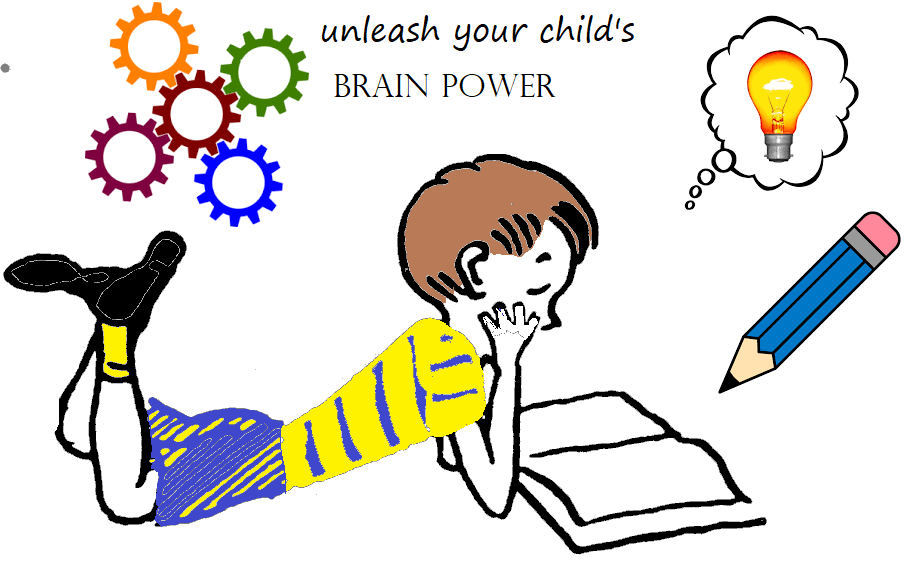Your basket is currently empty!
Category: child development
-

Can Schools afford to avoid Digital Education
Each day students come to school bringing dreams hope seeking inspiration
-

Taking advantage of a child’s readiness to learn
critical periods for a child’s development occurs around age 2. What children’s experiences in this phase have lasting effects on their development
